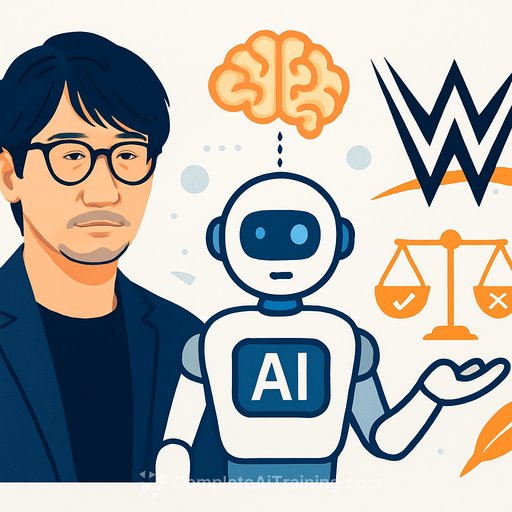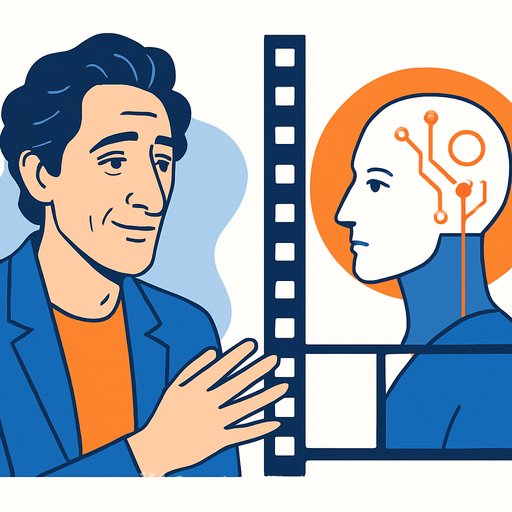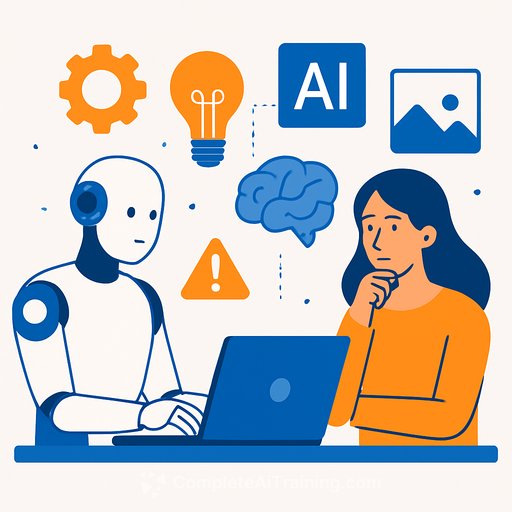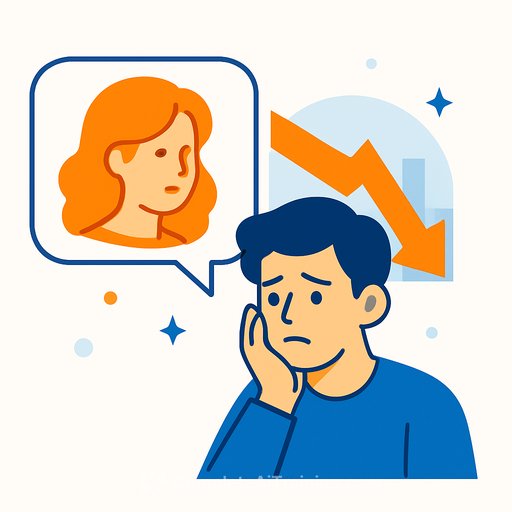AI's Creative Shift: Kojima's Vision for Games and WWE's AI Storylines
Creative work is entering a new phase. AI is moving from background tool to active collaborator, reshaping how ideas become shippable products.
Two signals stand out: Hideo Kojima's outlook on AI-led remakes and sequels in gaming, and WWE's early tests with AI-generated storylines. Together they map the opportunity and the risk for anyone who makes things for a living.
AI as Co-Creator: Kojima's Take
Kojima sees AI as a supportive friend, not a stand-in for human taste. His view: let AI handle the tedious parts so teams can focus on new IP and bold concepts.
He predicts remakes and sequels will be largely AI-produced, pulling from existing assets, systems, and design patterns. Think procedural environment updates, asset retexturing, likeness generation, and pipeline optimization done in hours, not months.
WWE's Writer AI: Promise vs. Pitfalls
WWE is testing "Writer AI" for story outlines, match scenarios, and promo bullet points. The early output has been widely panned, with one pitch turning Bobby Lashley into a history-obsessed character with a random cultural twist.
The takeaway: today's AI struggles with nuance, continuity, and the improvisational rhythm that makes live entertainment work. Creative intent still needs a human core, with AI as scaffolding, not the architect.
The Business Angle: Who Wins From This Shift
Model providers (text, image, video, audio), creative AI toolmakers (e.g., PrometheanAI, Inworld AI), and cloud platforms (AWS, Azure, Google Cloud) stand to gain as compute needs grow. Personalization engines will surge as audiences expect content that adapts to them.
Data access becomes a moat. Ethically sourced, rights-cleared datasets matter-both legally and creatively. Expect acquisitions, a talent war for AI-savvy creatives and engineers, and more "human-in-the-loop" solutions that extend, rather than replace, human judgment.
Ethics and Impact: What Creatives Need to Watch
There are real stakes. Cheaper tools can compress rates for freelancers, and credit lines get blurry when models are trained on works without consent.
Bias in training data can seep into outputs. And while AI can mimic style, it often misses emotional depth, cultural nuance, and the lived experience audiences connect with.
Policy will evolve fast. Keep an eye on legal frameworks like the EU's AI Act for signals on compliance and risk exposure. EU AI Act overview
Near Term (1-3 Years): Practical Changes to Expect
- AI as co-pilot: brainstorming, concept boards, first-pass assets, draft edits, and rapid prototyping.
- Cleaner pipelines: auto-retargeting, scene assembly, and versioning integrated into standard tools.
- Better personalization: dynamic content that adapts to user inputs and context.
- Quality controls: human review layers to prevent "hallucinations" and off-brand output.
Longer Term (3+ Years): What's Likely
- AI-led remakes and sequels handling up to 90% of production tasks across assets, audio, and VO.
- Real-time, adaptive experiences that shift based on user emotion and interaction.
- New roles: creative directors orchestrating multiple AI agents, with strong taste as the differentiator.
- Walled-garden models trained on cleared datasets to reduce IP risk.
What This Means for Your Workflow
Keep your edge by separating high-value creative judgment from repeatable tasks. Automate the repeatable; guard the irreplaceable.
- Map your pipeline and flag tasks for AI (first-pass ideation, asset cleanup, alt takes).
- Define no-go zones where human touch is non-negotiable (core story beats, character voice, final mix).
- Build a small, rights-clean asset library to fine-tune models on your style.
- Add human review gates at key points (continuity, tone, ethics, brand safety).
- Update contracts to cover AI use, data rights, credit, and revenue share where relevant.
The Creative Bottom Line
Kojima's stance is clear: use AI to free time for original ideas. WWE's early stumbles show the cost of skipping taste, timing, and live audience feel.
Expect AI to excel at derivative and repetitive work while humans focus on story, voice, and meaning. The volume of content will spike; curation and taste become your leverage.
Skills to Level Up
- Prompt and direction: writing structured prompts, chaining tools, and setting constraints.
- Data literacy: sourcing clean training data and spotting bias.
- AI orchestration: combining multiple agents across design, audio, and video.
If you want structured upskilling, explore these resources for creatives and producers: Courses by Job and Prompt Engineering.
What to Watch Next
- WWE's AI Storyline Evolution: Does "Writer AI" improve, and how does the audience respond?
- Legal Precedents: New laws and court cases on copyright, authorship, and fair use. WEF jobs outlook
- Walled-Garden LLMs: More studios adopting proprietary, cleared models to cut legal risk.
- Specialized Tools: Niche AI utilities becoming stable parts of production pipelines.
- New Roles: Producers who can direct AI agents end-to-end.
- Public and Creator Sentiment: Pushback against low-effort AI output driving demand for human-led work.
Final Take
AI is moving the line between manual work and meaningful work. The winners will pair smart automation with strong taste, protect their creative core, and ship faster without losing soul.
Use AI to extend your vision, not replace it. That balance is the new craft.
Your membership also unlocks:






